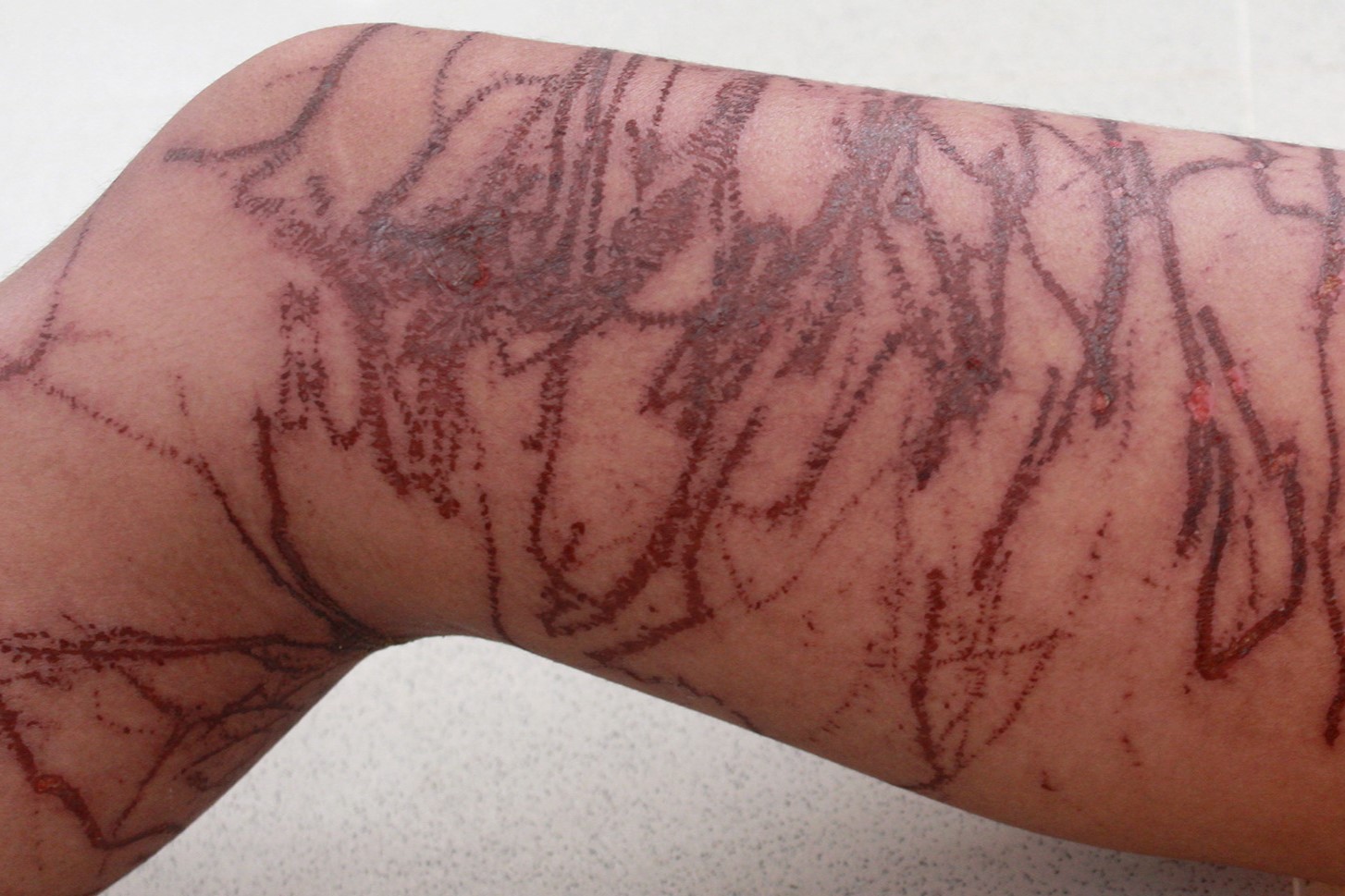
Lig4 Syndrome is a rare genetic disorder that affects the body's ability to repair DNA. This condition can lead to various health issues, including growth delays, immune system problems, and increased cancer risk. Lig4 Syndrome is caused by mutations in the LIG4 gene, which plays a crucial role in DNA repair. Understanding this syndrome is essential for those affected and their families, as it can help guide medical care and lifestyle choices. In this blog post, we will explore 25 intriguing facts about Lig4 Syndrome, shedding light on its symptoms, causes, and potential treatments. Get ready to dive into the world of genetics and discover more about this rare condition.
What is Lig4 Syndrome?
Lig4 Syndrome, also known as LIG4 deficiency, is a rare genetic disorder. It affects the body's ability to repair DNA. This condition can lead to various health issues, including immunodeficiency and developmental delays. Here are some fascinating facts about Lig4 Syndrome.
-
Lig4 Syndrome is caused by mutations in the LIG4 gene. This gene is crucial for DNA repair, specifically in the non-homologous end joining (NHEJ) pathway.
-
The syndrome is inherited in an autosomal recessive manner. Both parents must carry a copy of the mutated gene for a child to be affected.
Symptoms of Lig4 Syndrome
The symptoms of Lig4 Syndrome can vary widely. They often affect multiple systems in the body. Here are some common symptoms associated with this condition.
-
Patients often have microcephaly. This means they have a smaller head size compared to others of the same age and sex.
-
Growth retardation is another common symptom. Affected individuals may be shorter and weigh less than their peers.
-
Immunodeficiency is a hallmark of Lig4 Syndrome. This makes patients more susceptible to infections.
-
Developmental delays are frequently observed. These can affect both motor skills and cognitive abilities.
Diagnosis of Lig4 Syndrome
Diagnosing Lig4 Syndrome involves several steps. Medical professionals use a combination of clinical evaluation and genetic testing.
-
Clinical evaluation includes a thorough physical examination. Doctors look for characteristic features like microcephaly and growth retardation.
-
Genetic testing confirms the diagnosis. This involves sequencing the LIG4 gene to identify mutations.
-
Immunological tests are also performed. These tests assess the function of the immune system.
Treatment and Management
There is no cure for Lig4 Syndrome. However, various treatments can help manage the symptoms and improve quality of life.
-
Immunoglobulin replacement therapy is often used. This helps boost the immune system and reduce infections.
-
Growth hormone therapy may be considered. This can help address growth retardation in some patients.
-
Physical and occupational therapy are crucial. These therapies assist with developmental delays and improve motor skills.
Research and Future Directions
Research on Lig4 Syndrome is ongoing. Scientists are exploring new treatments and ways to improve the lives of those affected.
-
Gene therapy is a promising area of research. This approach aims to correct the underlying genetic defect.
-
Stem cell therapy is also being investigated. It has the potential to restore normal immune function.
-
Animal models are used in research. These models help scientists understand the disease better and test new treatments.
Interesting Facts about Lig4 Syndrome
Here are some additional intriguing facts about Lig4 Syndrome that you might find interesting.
-
The syndrome was first described in 1999. It was identified by a group of researchers studying DNA repair mechanisms.
-
Lig4 Syndrome is extremely rare. Fewer than 100 cases have been reported worldwide.
-
The condition affects both males and females equally. There is no gender predisposition.
-
Patients often have distinctive facial features. These can include a prominent forehead, a flat nasal bridge, and a small jaw.
-
Bone marrow transplantation has been used in some cases. This treatment aims to restore immune function.
-
Patients may have an increased risk of cancer. This is due to the impaired DNA repair mechanisms.
-
Regular monitoring is essential. Patients need frequent check-ups to manage infections and other complications.
-
Support groups and resources are available. These can provide valuable information and emotional support for families.
-
Early diagnosis can improve outcomes. Identifying the condition early allows for better management of symptoms.
-
Ongoing research offers hope. Advances in genetics and molecular biology may lead to new treatments in the future.
Final Thoughts on Lig4 Syndrome
Lig4 Syndrome, a rare genetic disorder, impacts DNA repair, leading to various health issues. Understanding Lig4 Syndrome helps in recognizing symptoms early, which can improve management and quality of life. Key symptoms include growth retardation, microcephaly, and immunodeficiency. Genetic testing confirms the diagnosis, and while there's no cure, treatments focus on managing symptoms and complications.
Awareness and research are crucial for better treatments. Families affected by Lig4 Syndrome benefit from genetic counseling and support groups. Staying informed about advancements in genetic research and therapies can offer hope and better outcomes.
By spreading knowledge about Lig4 Syndrome, we can support those affected and contribute to ongoing research efforts. Every bit of awareness helps in the fight against this challenging condition.
Was this page helpful?
Our commitment to delivering trustworthy and engaging content is at the heart of what we do. Each fact on our site is contributed by real users like you, bringing a wealth of diverse insights and information. To ensure the highest standards of accuracy and reliability, our dedicated editors meticulously review each submission. This process guarantees that the facts we share are not only fascinating but also credible. Trust in our commitment to quality and authenticity as you explore and learn with us.


